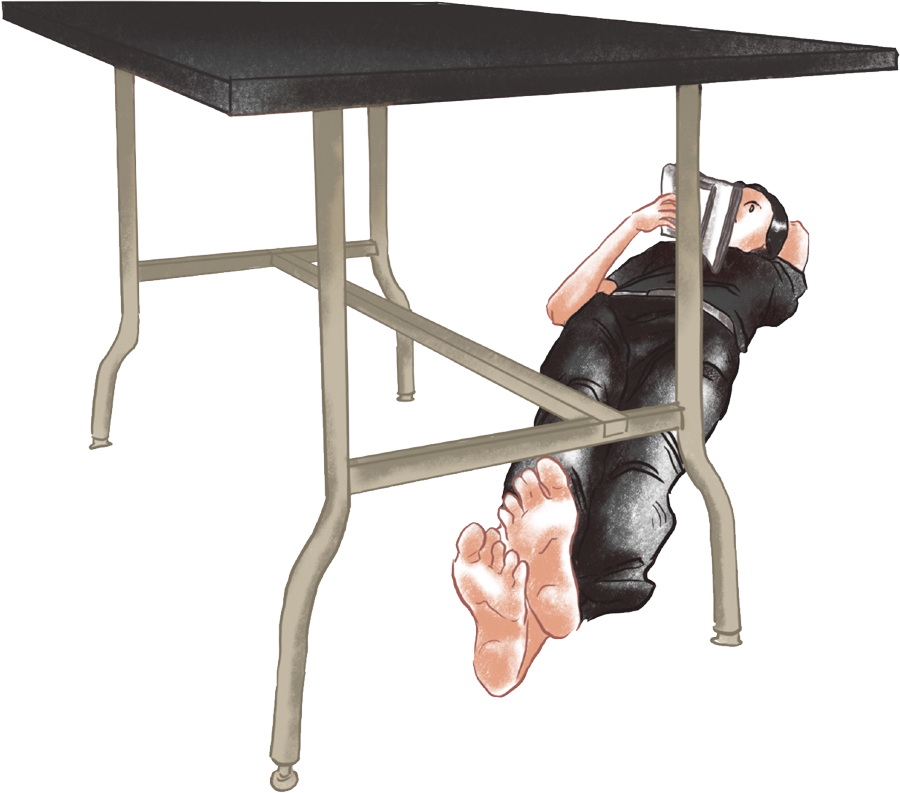This contribution derives from a presentation given by farid rakun at Nottingham Contemporary on November 8, 2019. A video recording of the presentation is available here.
Architectures of Education is a collaboration between Nottingham Contemporary, Kingston University, and e-flux Architecture, and a cross-publication with The Contemporary Journal.
© 2020 e-flux and the author
